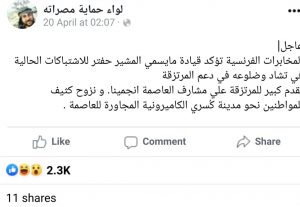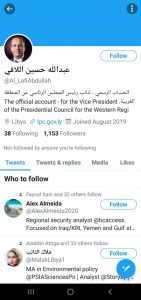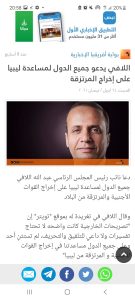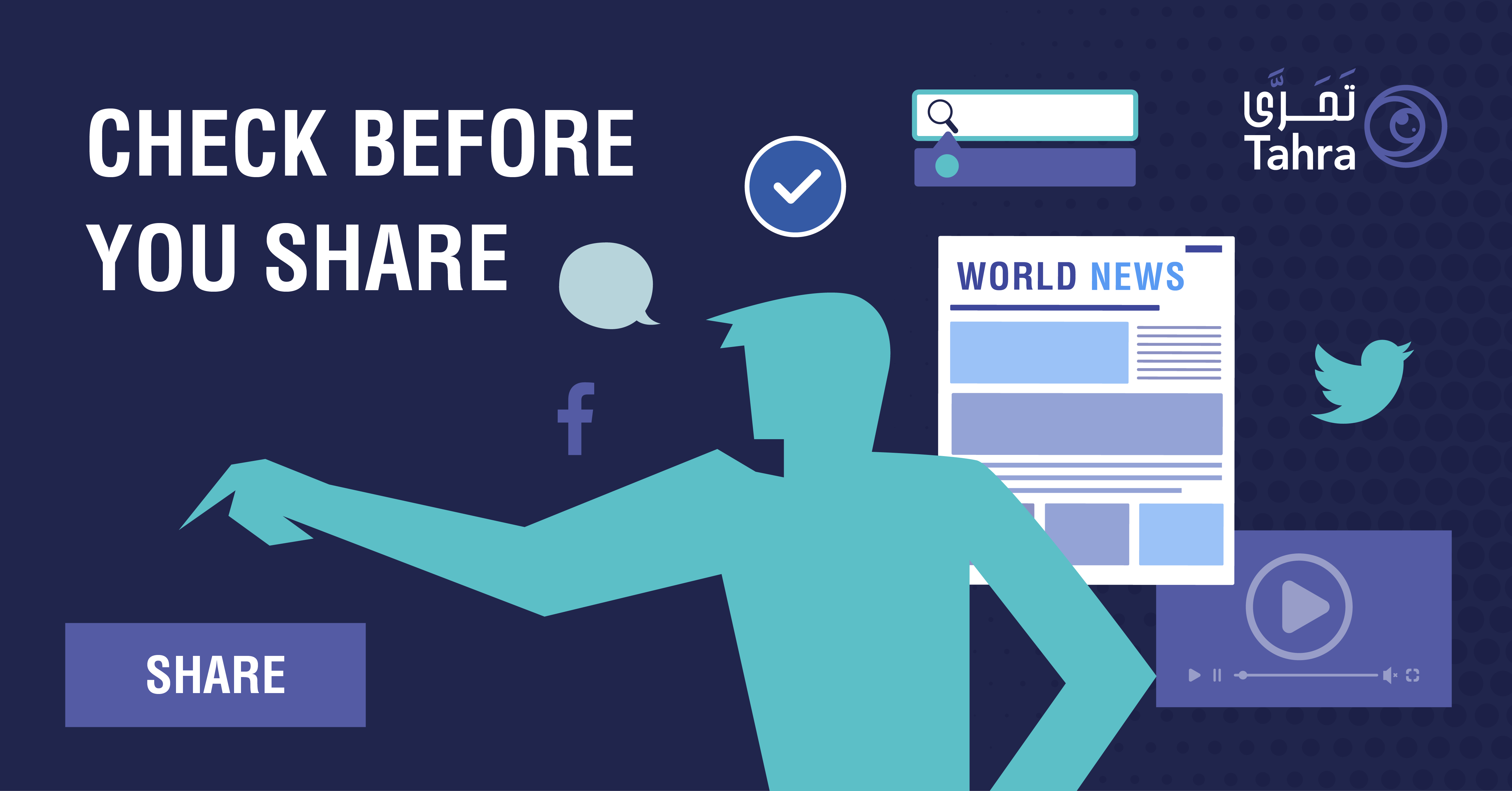There is a saying among journalists in English that a report can be “too good to check.” It can be about a sensational incident, or something very funny. Of course, good journalists do check, and often find that such stories are false. But many tabloid media, especially in our region but also in Western countries, will publish a story not because it is true, but because it will attract readers.
The same is true for many social media users. Sensational claims that are bound to provoke amusement or anger are likely to be shared more than “boring” factual reports. So many people now turn to social media for news that fake and exaggerated reports can spread like fire. Sometimes the reports are innocent—for example “news” that a dead man came back to life. But in other times, fake news has incited violence and lead to deaths. That is why you should always be careful before pressing the share button—are you sure it is real?
Here are some steps you can take:
–The first one is to be honest with yourself. Why do you want to share the report? If you feel an urge to share it because it agrees with your political views or confirms something you already believe in, you should take a step back and ask yourself: but is it really true?
–Don’t share posts that do not mention their source. If someone calls you from a private number, and tells you that you won a million dinars, would you believe him? So why would you believe a report when you don’t know the identity of its source, especially when it is published on an anonymous account?
This post is an excellent example of dramatic news with no sourcing whatsoever.

–Pictures can be misleading. We have a tendency to quickly believe reports accompanied by a picture without scrutinizing it, but stop, and check. For example, a post on Facebook could claim that there is a protest in Tripoli, along with a picture of the alleged protest. Look at it carefully. Do the surroundings resemble anywhere in Tripoli? Are the protesters dressed right for the season, or are they, for example, wearing winter clothing when it is the summer? It could be a picture from another country, or an old picture of a protest in Tripoli.
Or is it even the right picture of the person or incident in question? Take for instance this picture of the LNA’s commander Khalifa Haftar with a man identified in a Facebook post as the head of the Russian Wagner mercenary force. The man is in fact a football coach.

–Sometimes it is hard to tell whether a picture is new or old. What you can do then is to save the image and then insert it into an image internet search to see if it has been used before. The best search engines for this are
https://yandex.com/images/
https://www.google.com/imghp?hl=en
https://tineye.com/
At this point you might be asking yourself: why should I go through all this trouble just to share a post? Here is why: that post you are sharing might lead to violence. It might cause someone to act in a way you cannot predict. It also leads to ignorance, which is harmful. Why would you want to spread harm?
–Videos are much harder to check. You can’t do a reverse search on them, like images. But what you can do is to take screen shots, and search those.
–Use google. If you see a Facebook post with news, search for it to see who else is reporting it. Is it being reported by any credible media? If it is quoting a politician, is it on his or her page, or in a statement he or she gave to a credible media outlet? If not, chances are it might not be true.
–On the topic of politicians and public figures, be sure that the Facebook or Twitter account that is in their name is indeed theirs. There are many fake accounts—and many of them are hard to distinguish from the real ones. Unfortunately, many politicians and public figures do not take the steps to officially verify their accounts, which can make it difficult to confirm whether an account really belongs to them or not. Journalists can check with the media office of the politician, but that is harder to do for members of the public. Sometimes, journalists do not check.
In April for example, one media outlet reported a tweet from what it believed was the account of Abdullah al-Lafi, the member of the presidential council. It removed the report when it was notified that the account was fake.



–Be wary also if a report cites a foreign newspaper or media outlet. Did the newspaper really report? Go to their website: if you can’t read the language, google can translate the website for you. Sometimes, even local media will misread and misreport a foreign media report.
There are many things that are hard to confirm, or cannot be confirmed. Even if you take all those steps, you might still be no nearer to the truth than when you started. That is OK. We should be comfortable with the idea that there are somethings we will never know for sure, and other things that we will learn in time. But until then, don’t share something that may be false.

